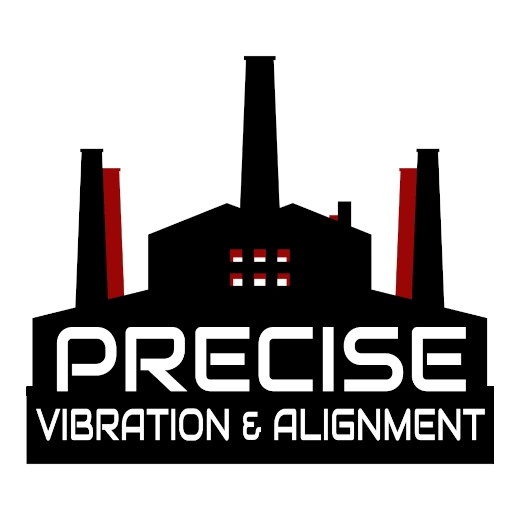Selecting an Ultrasound tool for compressed air and vacuum leak inspections
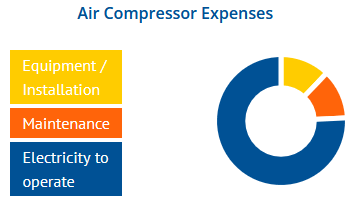
Compressed air and vacuum leaks
Finding and fixing compressed air and vacuum system leaks is a cost-effective and environmentally responsible practice that can improve energy efficiency, reduce operational costs, enhance equipment performance, ensure safety, and contribute to the overall productivity and sustainability of your operations.Below is a comparison of the different ultrasound tools available to find those leaks.
Methods of measurement
Ultrasound tools for finding and fixing air, gas and vacuum leaks are available in two basic formats, the hand-held ultrasound tool and the acoustic imaging camera.
The hand-held tool has been around for many years and is typically used with a single flexible airborne sensor, a tool mounted airborne sensor, a hand-held airborne sensor or a parabolic dish for long distances. To operate this tool the user would be wearing a headset to listen while scanning with the sensor for ultrasound. When a leak is found it can be heard in the headphones as well as seen on the tools’ display as the values increase. On some tools the leaks can be recorded as overall values on the device and stored and analyzed in software, on others external apps may need to be used to store and report on the leaks.
Advantages to a hand-held ultrasound tool:
- Typically less expensive than an acoustic imaging camera and there is a wide range of options and capabilities.
- Some hand-held tools also have structure borne sensors available allowing many other uses for the tool besides leak testing.
- It is sometimes easier to get the external sensor into tight or hard to access areas.
The acoustic imaging camera is a more recent technology that uses many microphones (over 100) to listen for leaks and then overlays the leak location on a color video screen. The user will also be wearing headphones and listening for the leaks. Wearing the headphones will help distinguish other sources of ultrasound from the air leak allowing you to be confident in their identification. This makes identification of the leaks fast and easy.
Advantages to an acoustic imaging camera:
- Because you can see and hear the leak the acoustic imaging camera makes finding leaks fast and easy.
- Recording the leak also takes a picture of the location and notes can be added as well.
- Minimal training required for the technician to get comfortable using the tool.
Leakchecker/ultrachecker
The SDT LEAKChecker and ULTRAChecker are entry level systems to help you find leaks. Both systems show the ultrasound level on the display and allow you to listen through the headphones to ensure that the ultrasound you are measuring is actually an air leak and not another source of ultrasound.
The LEAKChecker is a dedicated system to measure leaks and has a built-in flex sensor. The ULTRAChecker includes a flex sensor, but also has the capability to use all of the SDT airborne and structure borne 2nd generation sensors. With the additional sensors you can add lubrication, bearing condition, steam traps and more to the capabilities of the tool.
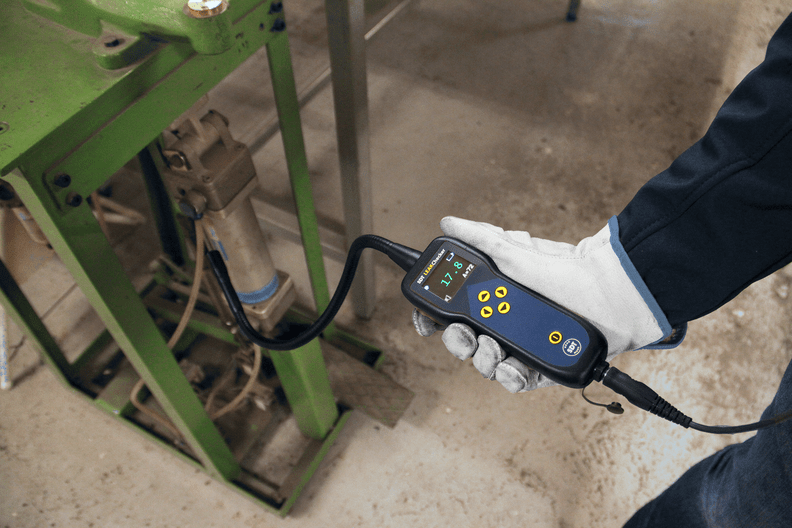
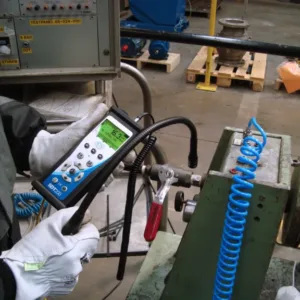
SDT200
The SDT200 is the next level up from the checker series tools. An SDT200 can also use all of the 2nd generation sensors so it covers the full range of ultrasound capabilities. SDT200 includes Datadump software to do basic reporting of static ultrasound measurements. Air leak surveys are done using the onboard sensor, Flexible sensor, EDS sensor, ParaDish2 or AirSense sensor or a combination of sensors as necessary. For example you may use the ParaDish2 for long distance and the Flexible sensor up close.
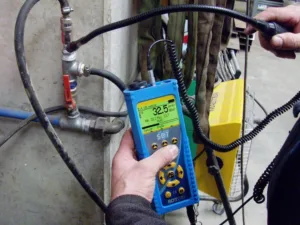
SDT270
The SDT270 is an advanced ultrasound tool that includes either Datadump or SDT’s Ultranalysis 3 software. It also uses the 2nd generation sensors and adds temperature, RPM and vibration measurements. With the UAS3 software you can create a database and routes to trend data. This data is displayed as overall, time waveform and spectrum for analysis. I addition an audio recording is taken with each measurement so it can be reviewed as needed. Air leak surveys are done using the onboard sensor, Flexible sensor, EDS sensor, ParaDish2 or AirSense sensor or a combination of sensors as necessary. For example you may use the ParaDish2 for long distance and the Flexible sensor up close.
SDT340
The SDT340 takes all of the SDT270 capabilities to the next level. It offers longer and faster recording times using all of the second gen SDT sensors. Data can be analyzed directly on the color display unit without having to download to the included UAS3 software. This data is displayed as overall, time waveform and spectrum for analysis. The SDT340 also adds the ability to measure and analyze vibration data. This data is also displayed as overall, time waveform and spectrum for analysis. Air leak surveys are done using the ULTRAsense sensor, Flexible sensor, EDS sensor, ParaDish2 or AirSense sensor or a combination of sensors as necessary. For example you may use the ParaDish2 for long distance and the Flexible sensor up close.
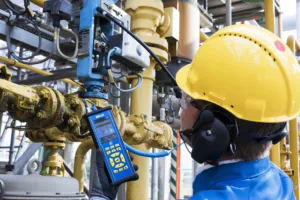
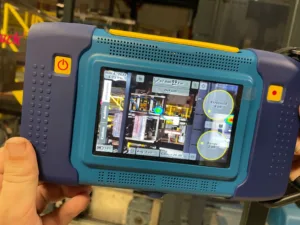
SONAVU
The SonaVu makes finding, recording, reporting and monetizing leaks easy. It is an advanced acoustic imaging camera with 112 built-in MEMS microphones so you can see and hear the leaks. It records data, images and video (including sound) on a 53GB internal drive. With the included SonaVu Insights software you can export data and images and calculate the costs of each and every leak. Using that data you can produce detailed reports and keep track of what has been repaired and what hasn’t. The SonaVu also has built-in Bluetooth and an audio jack so you can hear and see the leaks.
Want to hear more? For more information or a demonstration of any of these tools, please Contact Us
.
